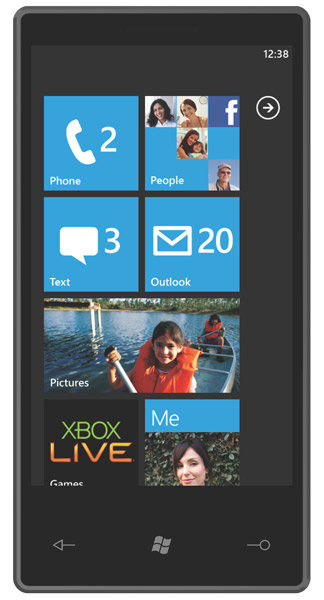There has been lots of chatter and talk over the last two years on MOOCs. One of the challenges of MOOCs is that they lack the social interaction that traditional small campus based courses offer.
MOOC providers such as Coursera and Futurelab are recognising this and starting to build in social networking to their massive online courses.
The recent OU publication on innovating pedagogy talks about massive open social learning.
Massive open social learning brings the benefits of social networks to the people taking massive open online courses (MOOCs). It aims to exploit the ‘network effect’, which means the value of a networked experience increases as more people make use of it. The aim is to engage thousands of people in productive discussions and the creation of shared projects, so together they share experience and build on their previous knowledge. A challenge to this approach is that these learners typically only meet online and for short periods of time. Possible solutions include linking conversations with learning content, creating short-duration discussion groups made up of learners who are currently online, and enabling learners to review each other’s assignments. Other techniques, drawn from social media and gaming, include building links by following other learners, rating discussion comments, and competing with others to answer quizzes and take on learning challenges.
When developing online learning, the lesson we can take from MOOCs and as outlined in the OU report is the importance of adding online social elements to courses. We need to ensure that these social aspects are as much a part of the learning journey as the content and the activities.
An expectation that these social elements will “just happen” is a flawed approach, and as with other aspects of the learning design, the social components of an online course must be thought about, designed and delivered in a similar way to the learning and assessment components.
Activities can be designed to motivate participants to engage with each other and create social networks within those taking part. Obviously with a large number of learners (such as you find in MOOCs) you will probably find this easier. With smaller cohorts it will be significantly more difficult.
It can also help embedding aspects of the course into existing social networking services and tools, but it is useful to audit which of these tools, if any, the participants actually use external networks.
Social aspects of learning are important to many learners and that is one of many reasons why learners choose to attend a programme of study at a physical location such as a college. The social aspects of an online course are not a replacement for face to face social interaction, but are for many learners an important aspect of an online course and will help support and motivate them as they go through the online course.







